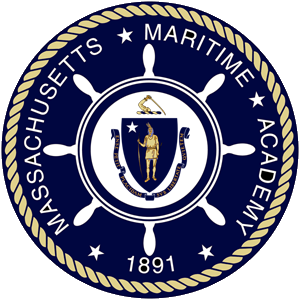Voyage plan is closely and continuously monitored;
Proper lookout is maintained by all available means;
Safe speed is maintained;
Position, course, and speed are checked at frequent intervals;
Steering mode selected is appropriate;
Under-keel clearance is suitable for the draft of the vessel at all times;
Course changes are made in accordance with the voyage plan;
Vessel’s position is fixed and plotted on an appropriate chart at intervals suitable to the vessel’s speed and the area being transited;
Identities of critical aids to navigation in sight are determined;
More than one method, including electronic and other navigational equipment, external fixed aids, geographic reference points, and hydrographic contours, is used to fix the vessel’s position and check the accuracy of fixes;
Radio equipment is frequently checked and found to be functioning properly;
Risk of collision with approaching vessels is determined and early and substantial action, if required, is taken in accordance with COLREGS;
Rudder and engine orders are executed as ordered;
Validity of the gyro input to all navigation equipment is verified;
Magnetic compass and gyro errors are determined by any available means and the error is logged;
Magnetic variation and compass deviation are correctly applied to courses and bearings;
Person steering is competent;
Tide and current conditions for the watch are determined in coastal and tidal waters;
Set and drift are determined and applied to allow for set and drift;
Weather conditions on board the ship are correctly and timely recorded and reported as required;
Running lights are checked throughout the watch period;
Master is notified as directed by all Master’s or standing orders;
All relevant navigation information is used to identify protected marine habitats, areas and sanctuaries; and
All required log entries are made.
